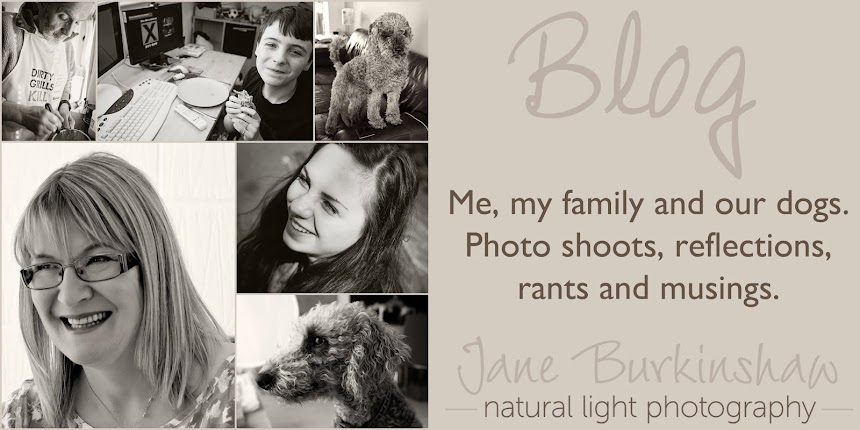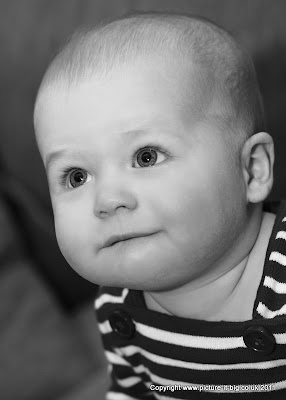(To view larger images simply click on them).
 Sitting here with cold feet tucked up underneath me for warmth it seems remarkable that only yesterday I was strolling around the gardens at Dunham Massey, enjoying feeling the warm Spring sunshine on my face.
Sitting here with cold feet tucked up underneath me for warmth it seems remarkable that only yesterday I was strolling around the gardens at Dunham Massey, enjoying feeling the warm Spring sunshine on my face.
I thought I should visit the recently opened Winter Garden as soon as possible, given that the Spring Equinox has been and gone. I wasn't sure what to expect beyond daffodils and hellebores and was really surprised and delighted to see so much more. Like a child in a sweet shop I really didn't know where to start and was in danger of just clicking away at everything. With so many beautiful flowers on display it can be surprisingly difficult to take a good picture. So I made myself slow down and first simply follow the wide paths that meandered through the swathes of daffodils and hellebores. A great shot always starts with the light. Evenly filtered daylight or backlighting works well for flowers and plants and I was on the hunt for both.
 Sitting here with cold feet tucked up underneath me for warmth it seems remarkable that only yesterday I was strolling around the gardens at Dunham Massey, enjoying feeling the warm Spring sunshine on my face.
Sitting here with cold feet tucked up underneath me for warmth it seems remarkable that only yesterday I was strolling around the gardens at Dunham Massey, enjoying feeling the warm Spring sunshine on my face.I thought I should visit the recently opened Winter Garden as soon as possible, given that the Spring Equinox has been and gone. I wasn't sure what to expect beyond daffodils and hellebores and was really surprised and delighted to see so much more. Like a child in a sweet shop I really didn't know where to start and was in danger of just clicking away at everything. With so many beautiful flowers on display it can be surprisingly difficult to take a good picture. So I made myself slow down and first simply follow the wide paths that meandered through the swathes of daffodils and hellebores. A great shot always starts with the light. Evenly filtered daylight or backlighting works well for flowers and plants and I was on the hunt for both.
A clump of daffodils might look nice as you stand admiring it but can end up looking pretty uninspiring as a photograph. A vista showing flowers carpeting the ground as far as the eye can see makes a good shot, especially if you can focus on flowers in the foreground and gradually blur the background. I also hunted around for a few daffodils that were backlit, got down low and zoomed in on them to isolate them from the background.
Later I came across a variety of snowdrops that have very tall stems, a delight to photograph as I didn't end up with my usual muddy knees. I used the same technique of going in close to isolate a few perfect flowerheads. The sun was filtered through a light haze most of the time so the plants were nice and evenly lit.
 The gardens have so much of interest in them at the moment and some things are not as obvious and showy as the daffodils, snowdrops and hellebores. Twigs in bud, twisted branches, curly catkins and dead seed heads can all make very creative and striking images if you apply the simple rules of looking for good light and zooming in close. I used a macro / close up lens and also selected the AV mode to set a low f value, which blurs the background, but you can achieve a similar effect with a compact camera by using the close up setting (usually a flower symbol) and zooming in close.
The gardens have so much of interest in them at the moment and some things are not as obvious and showy as the daffodils, snowdrops and hellebores. Twigs in bud, twisted branches, curly catkins and dead seed heads can all make very creative and striking images if you apply the simple rules of looking for good light and zooming in close. I used a macro / close up lens and also selected the AV mode to set a low f value, which blurs the background, but you can achieve a similar effect with a compact camera by using the close up setting (usually a flower symbol) and zooming in close.
The light was great yesterday for photographing flowers in close up as it was very hazy rather than direct sunlight. It did make it a little more difficult to shoot nice vistas as the haze reduced the contrasts between light and dark in the background, a bit like mist would, making scenes look flat. Every now and again the haze would clear and the difference was remarkable, a flat, lifeless view suddenly leapt into 3D relief, colours became intense and more saturated.
It really was a lovely day to be out in such beautiful surroundings, as evidenced by the number of people enjoying the gardens. I was again struck by the appeal of gardens to such a diverse group. Older couples strolled around and competed about who could identify the correct plant variety before the other, younger couples walked around hand in hand and mums pushed buggies and fed the ducks and geese with toddlers.
 The ability to use the light to your advantage and to be able to see where it has created a subject or scene that will make a great photograph lies at the heart of all photography. Spend some time learning to see the light and you will see some great results.
The ability to use the light to your advantage and to be able to see where it has created a subject or scene that will make a great photograph lies at the heart of all photography. Spend some time learning to see the light and you will see some great results.
By Jane Burkinshaw. Share this post by clicking on one of the Share buttons on the right hand side. I'd love to hear your comments too!











